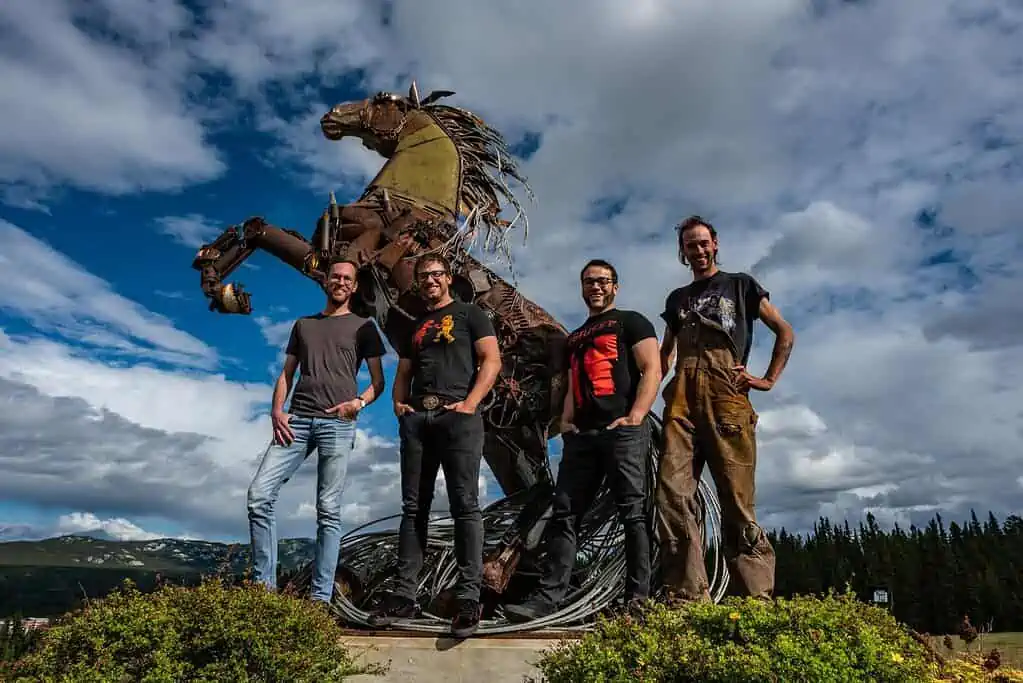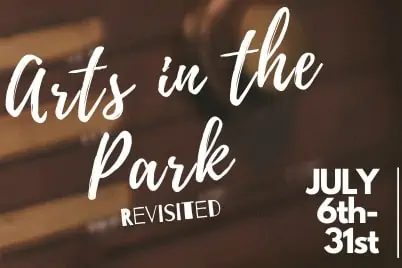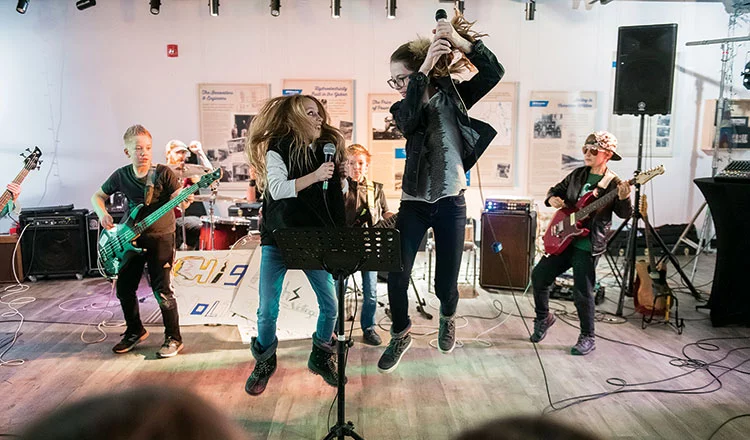Unlike the human eye, mind, and heart, the sensor in your digital camera has no emotions or imagination affecting it.
All it can do is record levels of brightness the sensor is exposed to that allow it to record the information needed to create the image. To do this the exposure must be correct.
Too much light and it gets “blown out”, too little and you lose information.
Achieving effective exposure depends on the subject’s dynamic range; the difference between the darkest and the lightest parts of the photo.
The lower the dynamic range, the less difficulty there is in creating an effective exposure. As contrast increases, the more difficult it is to capture all the details.
Each time the amount of light exposed to the sensor is doubled, it is called a “stop”.
The opening in your lens (aperture) that allows light through is measured in increments referred to as f/stops. Each f/stop allows twice as much light as the next one as you open the lens – e.g. f/8 allows twice as much light as f/11. Small aperture (large f/stop number) means less light.
Shutter speed also controls the amount of light reaching the sensor. Each change of shutter speed brings a corresponding one stop of change. A shutter speed of 1/125 second allows twice as much light as does 1/250 second.
Exposure is controlled by the use of shutter speed, f-stop (size of aperture) and ISO (sensor sensitivity) settings.
At one time all these were handled manually, but today’s digital cameras have automatic exposure settings that can be very useful and still allow you to retain control of the creativity.
The basic modes available are Manual, Aperture Priority, Shutter Priority or Program mode. The latter sets both shutter and aperture.
Aperture setting (f/stop) determines how much of the scene will be in focus. while shutter Speed Controls how the motion of your subject is handled. Faster shutter speeds will freeze the action.
The interaction of ISO speed, aperture and shutter Speed Controls the exposure value.
The darker the scene, the more light you have to allow to reach the sensor. To do this, open the aperture more, slow the shutter speed down, or increase ISO sensitivity.
Again, remember that the lower the number of the f-stop on the lens, the larger the aperture is.
One of the basic rules is to use a trade-off between shutter speed and aperture to obtain the optimum exposure. In order to obtain the necessary depth of field needed in landscape photography, the shutter speed often becomes slow enough to warrant the use of a tripod.
If you are trying to stop action and want a higher shutter speed, the compromise is having less of the scene in focus, as you will need to open the aperture wider.
A very bright day may allow for a balance of shutter speed and aperture that will both stop the action and provide great depth of field.
I use Aperture Priority almost exclusively, but choose Manual or Shutter Priority when I want higher shutter speeds.
The Sunny 16 Rule – on a bright, sunny day, at f/16 your shutter speed should approximate your ISO setting. For example at ISO 100 the shutter speed will be set at 1/125 second (the closest to 1/100).
If you need to freeze action using this rule, open the aperture one f/stop for every stop of increase in the shutter speed.
Photographing people in natural, harsh daylight will cause dark shadows in eye sockets, bright flashes off foreheads and shadow areas that are impossible to see.
Add black or white mesh between the main light and your subject if the light is too bright. These are known as scrims.
A reflector will bring more light into the shadow area of your subject with white reflecting a more natural colour, silver brightening it and gold warming it up.
You can also use fill flash to brighten the shadows. Or, simply move into a shaded space.
Remember that it is important to retain the highlights you require in the image, as shadow areas are easier to recover in post-processing.
Send questions to [email protected] or post them after the column atold.www.whatsupyukon.com.
I look forward to hearing from you.
Happy shooting, and remember to leave the environment as you found it.




